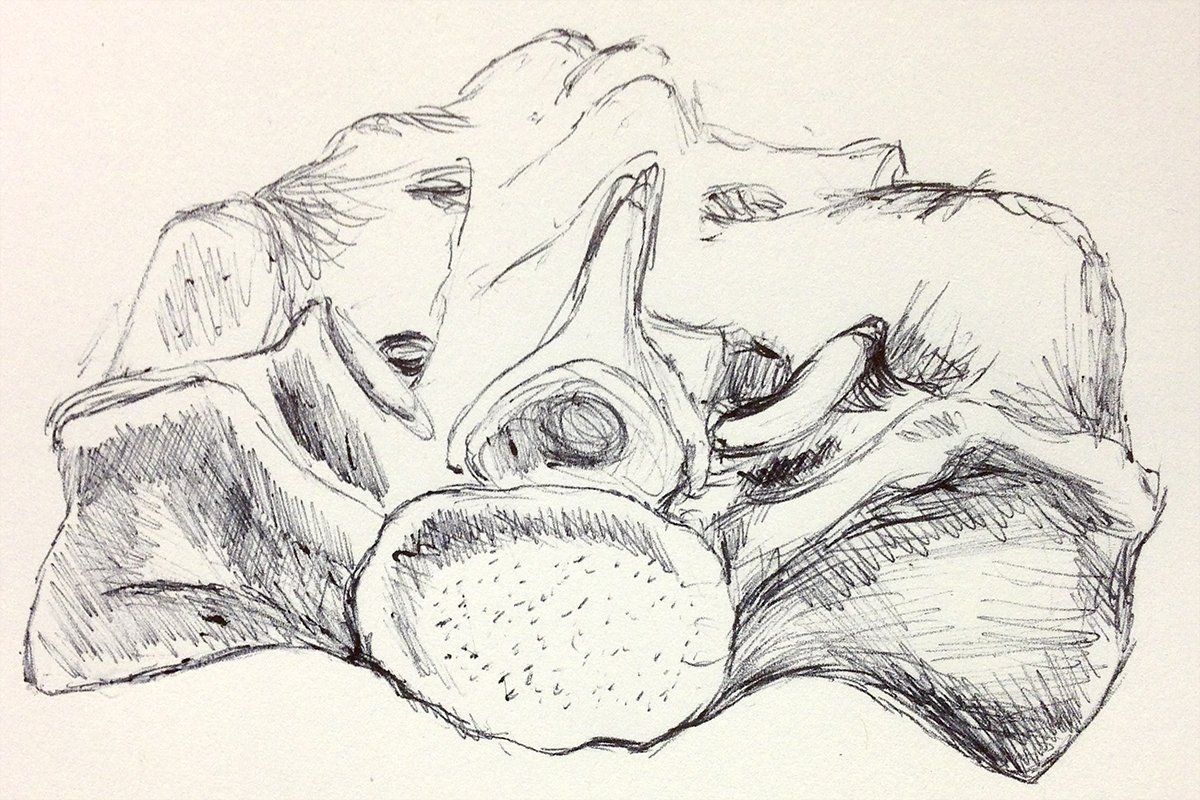5. Lived Experience

What does it mean to have “lived” experience, as opposed to any other type of experience of experience?
In the realm of phenomenology, experience that is “lived” is experience - the undergoing of anything - in a manner that is meaningful, integrated, embedded and situated. By definition, it is meaningful, because in phenomenological terms, being IS synonymous with having to do with meaning (i.e., sensing, making sense, finding significance, interpreting, identifying meaning). It is integrated, because we undergo things wholly, in our entirety. It is embedded, because - without any effort and often without any conscious awareness - what we undergo is always contextualised by everything else we have already undergone, are undergoing and anticipate undergoing in the future. It is situated, because it takes place in our own particular temporo-spatial locus, within our Lifeworld.
This wordy explanation of lived experience is probably unarguable - but then, so what? Why do we need to keep on adding that unnecessary verbal adjective, “lived”? What’s wrong with just “experience”, or “direct”, “personal” or “first-hand” experience. Each of those is, on the face of it, a satisfactory alternative to “lived”. But the point about “lived” is that it indicates a commitment to the phenomenological ontological position of plural or hermeneutic realism. It’s not the case that the world and facts about it exist objectively and are independently verifiable (a phenomenologist will argue), with certain people having better access to and ownership of the things of the world and knowledge of the facts about it. Instead, “lived” experience speaks of every being participating meaningfully in their Lifeworld.
“Lived Experience” currently has a progressive inflection in activist, academic and inclusionary political circles. Hear Baljeet Sandhu making a case for epistemological diversity in the service of what she is calling “knowledge equity”. In this episode of “Positive Thinking”, listen to the clash of ontologies playing out as Tracey Herrington, manager of Thrive Teesside, politely challenges David Willetts, about which people are best placed to inform decision-making about the implementation of Universal Credit (welfare benefits). Lord Willetts claims that it is the job of the policy-makers to empathise with those who would be recipients of welfare payments. Tracey Herrington counters this claim with the argument that empathy is no substitute for the wisdom that arises from the lived experience of those in the circumstances that lead them to require welfare support: perhaps better, and more sustainable solutions would arise, if decision-making were informed by those with direct, personal, first-hand “lived” experience of intergenerational unemployment and poverty.
In my next post...
In future posts, I will carry on trying to untangle the meanings of the phenomenological lexicon: next week, “phenomenology” itself, “intentionality”, and why we use the term “disclosure” to mean “existence”.
You might also like...




